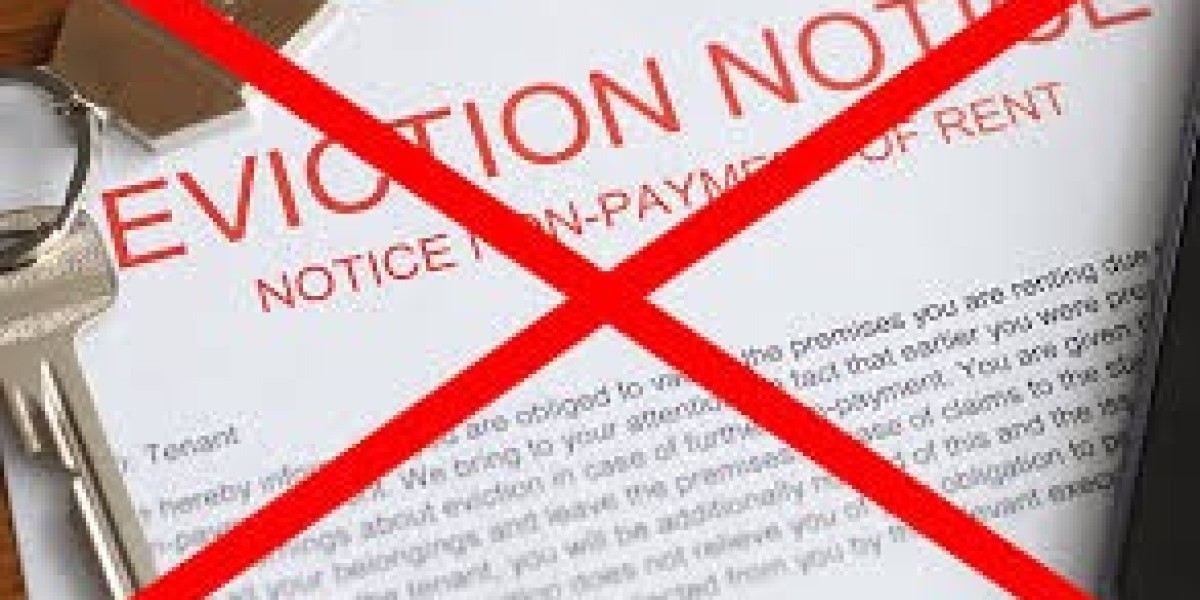Section 21 Notice Eviction Services – UK Experts
Introduction
Evicting a tenant in the UK requires landlords to follow legal procedures to ensure compliance with housing laws. One of the most common methods used by landlords is the Section 21 notice, often referred to as a “no-fault” eviction. This notice allows landlords to regain possession of their property without providing a specific reason. This guide outlines the process of evicting a tenant using a Section 21 notice, the legal requirements, and how eviction specialists can assist.
What is a Section 21 Notice?
A Section 21 notice is a legal document used by landlords to end an assured shorthold tenancy (AST) in England. It allows landlords to regain possession of their property at the end of a fixed-term tenancy or during a periodic tenancy without citing tenant misconduct.
Legal Requirements for Serving a Section 21 Notice
Before serving a Section 21 notice, landlords must ensure they meet the following legal requirements:
The tenancy is an assured shorthold tenancy (AST).
The notice period is at least two months.
The deposit is protected in a government-approved Tenancy Deposit Scheme (TDS).
The tenant has received a valid Energy Performance Certificate (EPC), Gas Safety Certificate, and How to Rent Guide.
The property has a valid licence (if required by the local council).
The notice is served correctly, with proof of delivery.
Step-by-Step Guide to Evicting a Tenant Using a Section 21 Notice
1. Serve the Section 21 Notice
Landlords must complete Form 6A and serve it to the tenant either by hand, via post, or electronically (if agreed upon in the tenancy contract). Proof of service is essential.
2. Wait for the Notice Period to Expire
The tenant has at least two months to vacate the property. If they leave voluntarily, the process ends here.
3. Apply for a Possession Order
If the tenant does not leave by the end of the notice period, the landlord can apply to the court for a possession order. Options include:
Accelerated Possession Order – A faster process with no court hearing if the landlord is not claiming rent arrears.
Standard Possession Order – Required if the landlord is also claiming unpaid rent.
4. Obtain a Warrant of Possession
If the tenant refuses to vacate after the possession order is granted, the landlord must apply for a Warrant of Possession, allowing bailiffs to enforce the eviction.
5. Instruct Bailiffs for Tenant Removal
Landlords can instruct either:
County Court Bailiffs – A slower, more affordable option.
High Court Enforcement Officers (HCEOs) – A quicker but costlier option requiring a High Court Writ of Possession.
How Eviction Specialists Can Help
Eviction specialists provide expert guidance to landlords throughout the eviction process, ensuring compliance with legal requirements. Their services include:
Drafting and serving legally compliant Section 21 notices.
Managing court applications and representation.
Liaising with bailiffs to enforce eviction orders.
Finding an Eviction Specialist Near You
Searching online for “eviction specialist near me” can help landlords find professional assistance. Key factors to consider when choosing a specialist include:
Experience in handling evictions.
Positive client reviews and testimonials.
Transparent pricing and legal expertise.
Conclusion
Using a Section 21 notice is a straightforward method for landlords to regain possession of their property. However, strict legal requirements must be followed to avoid delays or legal challenges. Seeking help from eviction specialists can ensure a smooth, compliant eviction process, minimizing risks and financial losses.


